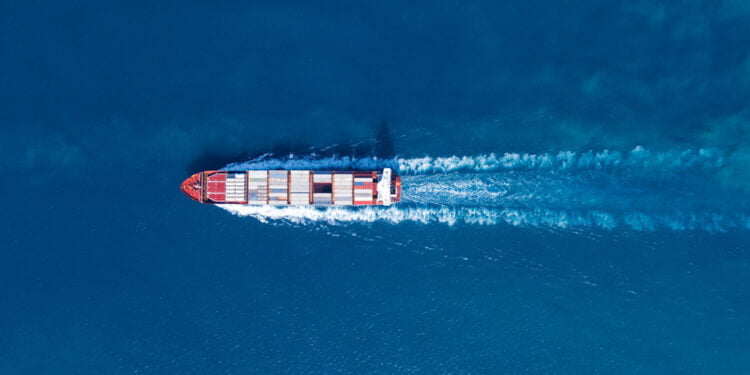The Baltic Sea Action Group is bringing together cooperation parties for the new Ship/t Waste Action that produces biogas from sewage discharged by ships at the port.
The cooperation promotes the circular model of turning sewage into biogas that will be used as fuel by heavy traffic.
The Ship/t Waste Action cooperation develops waste value chains between different parties, and the port of HaminaKotka is the first location.
We can achieve our objective of a cleaner Baltic Sea, one ship, one port and one country at a time. The nutrient load on the sea decreases every time wastewater is discharged at the port. We need extensive cooperation to succeed in our mission
stated Elisa Mikkolainen, Project Director at BSAG.
Namely, Kymen Vesi treats the sewage discharged by cargo ships at the port of HaminaKotka. The wastewater sludge created in the process is refined into renewable energy at Gasum’s biogas plant. Kymen Vesi also takes samples of the wastewaters discharged by ships, which generates research data.
The port of HaminaKotka is the largest general port in Finland, visited by approximately 2,500 cargo ships every year. We want to encourage the ships to discharge their wastewater at the port. Our sewage reception and treatment facilities meet the requirements of the circular economy
commented Suvi-Tuuli Lappalainen, Development Manager at the Port of HaminaKotka.
Passenger ships, such as the ferries between Finland, Sweden and Estonia, have been voluntarily discharging their wastewaters at the port for years.
Since 2021, the IMO regulations prohibit discharges of untreated sewage from passenger ships in the Baltic Sea. There is no similar regulation for cargo ships.




























































